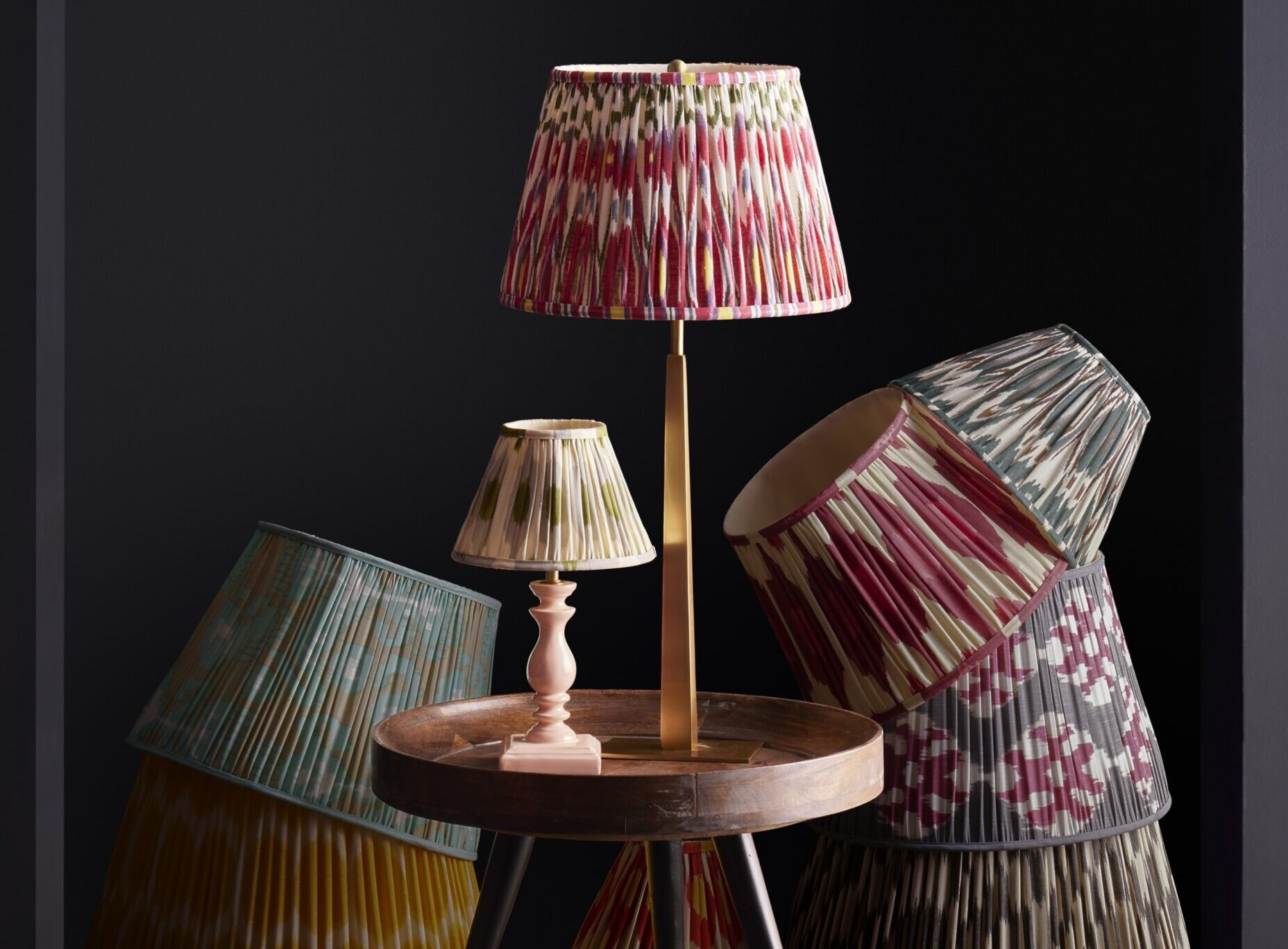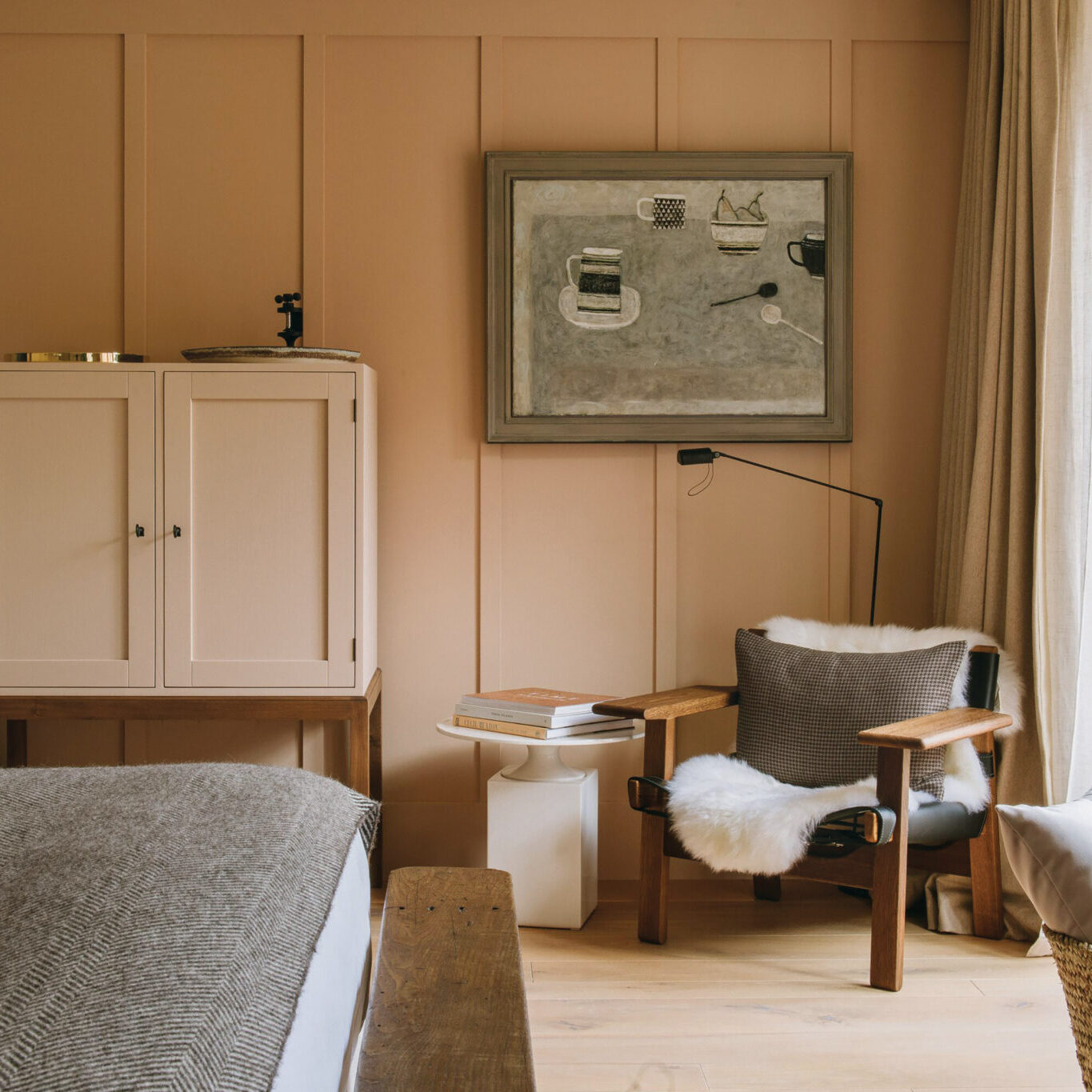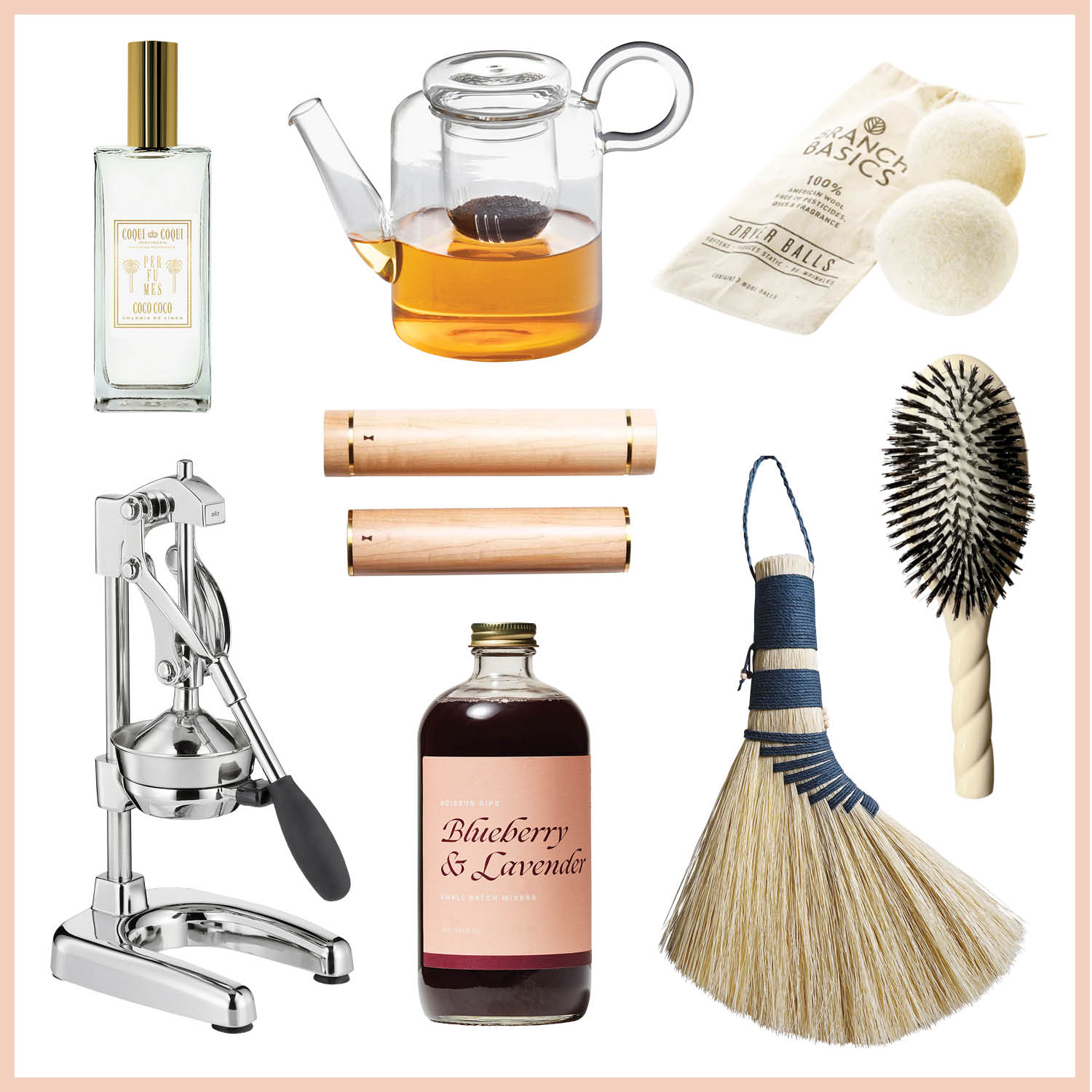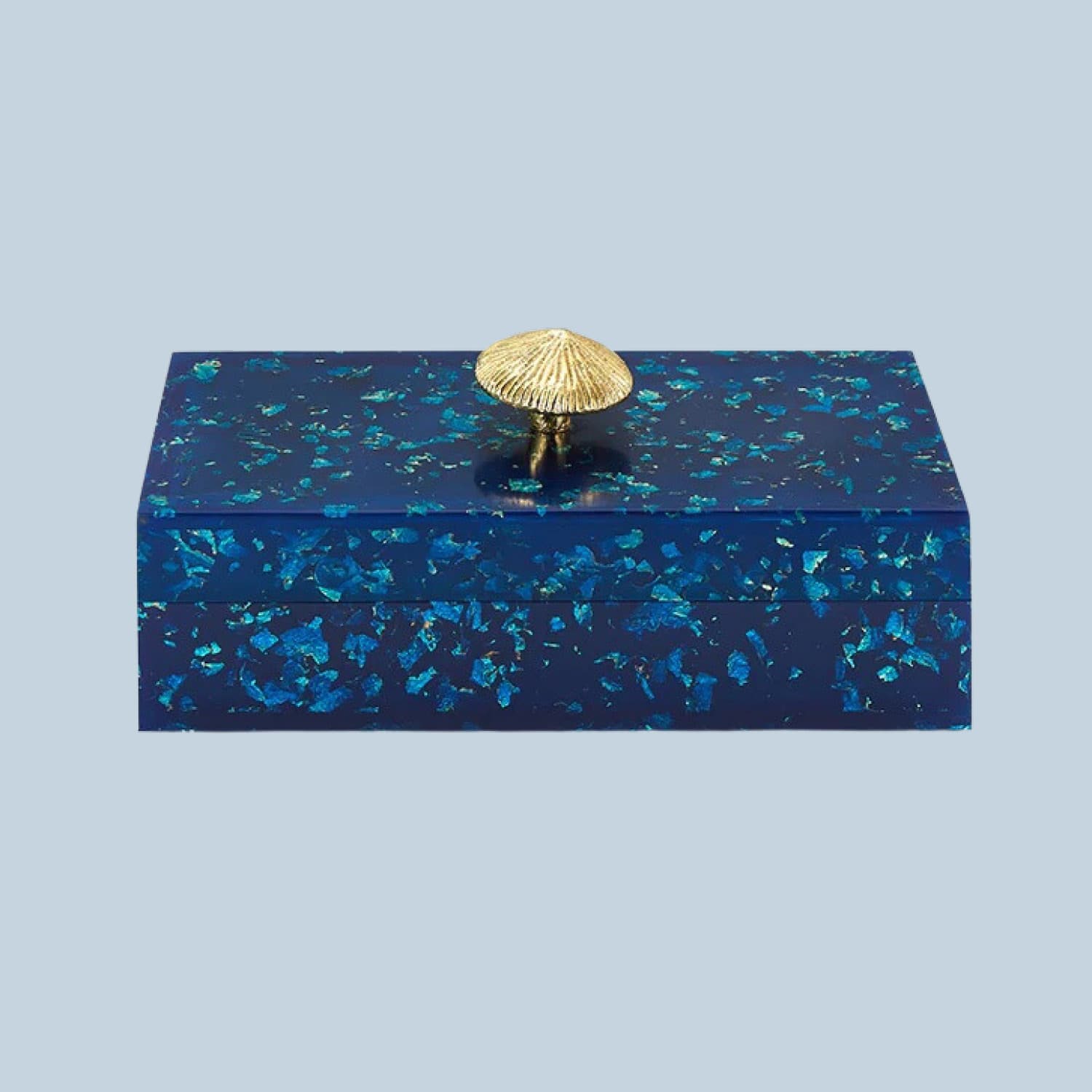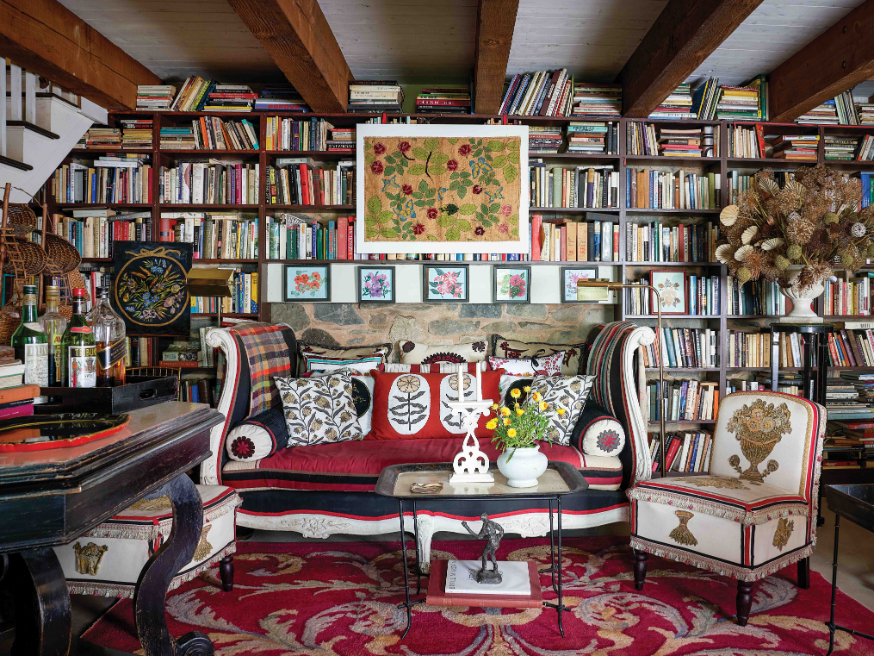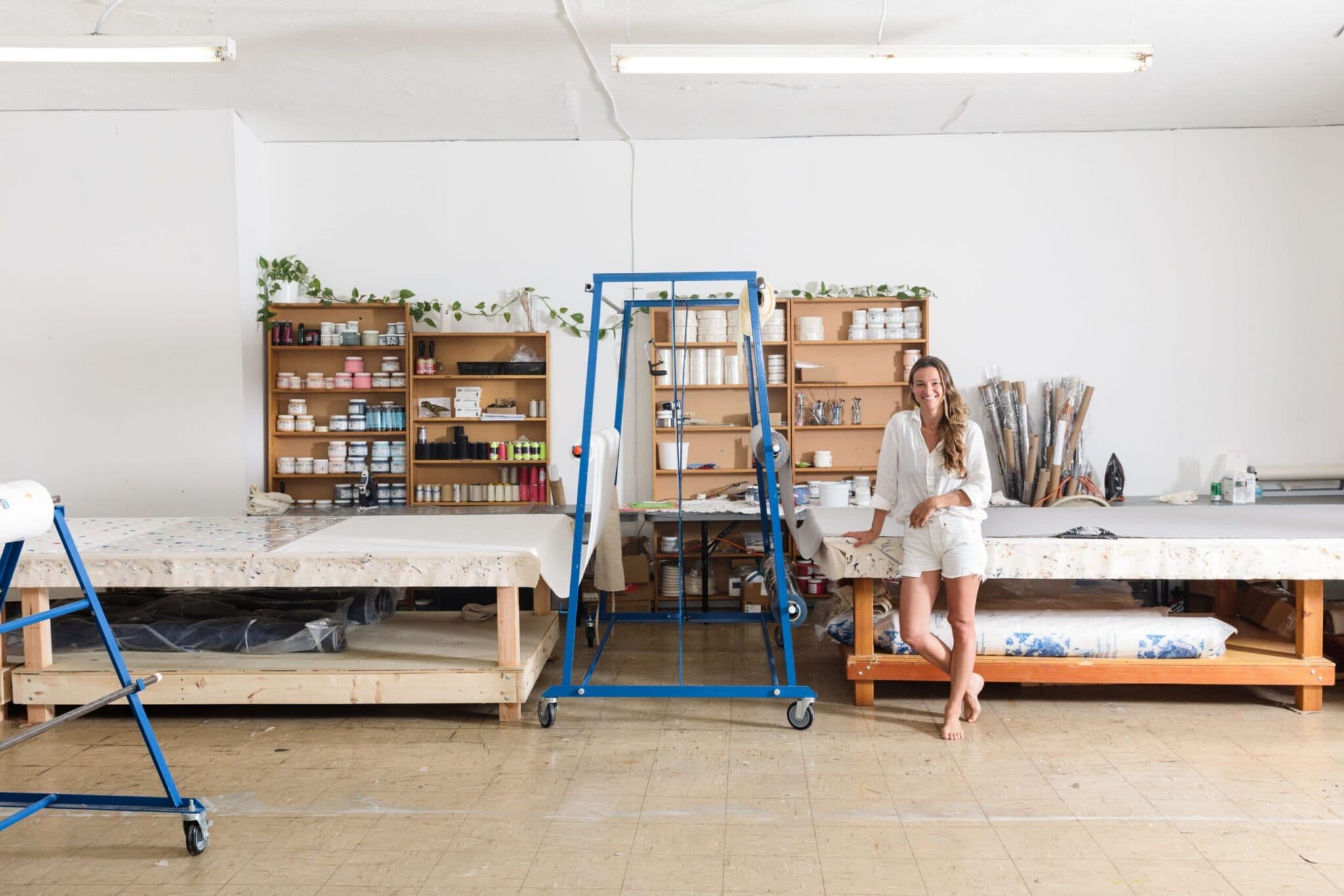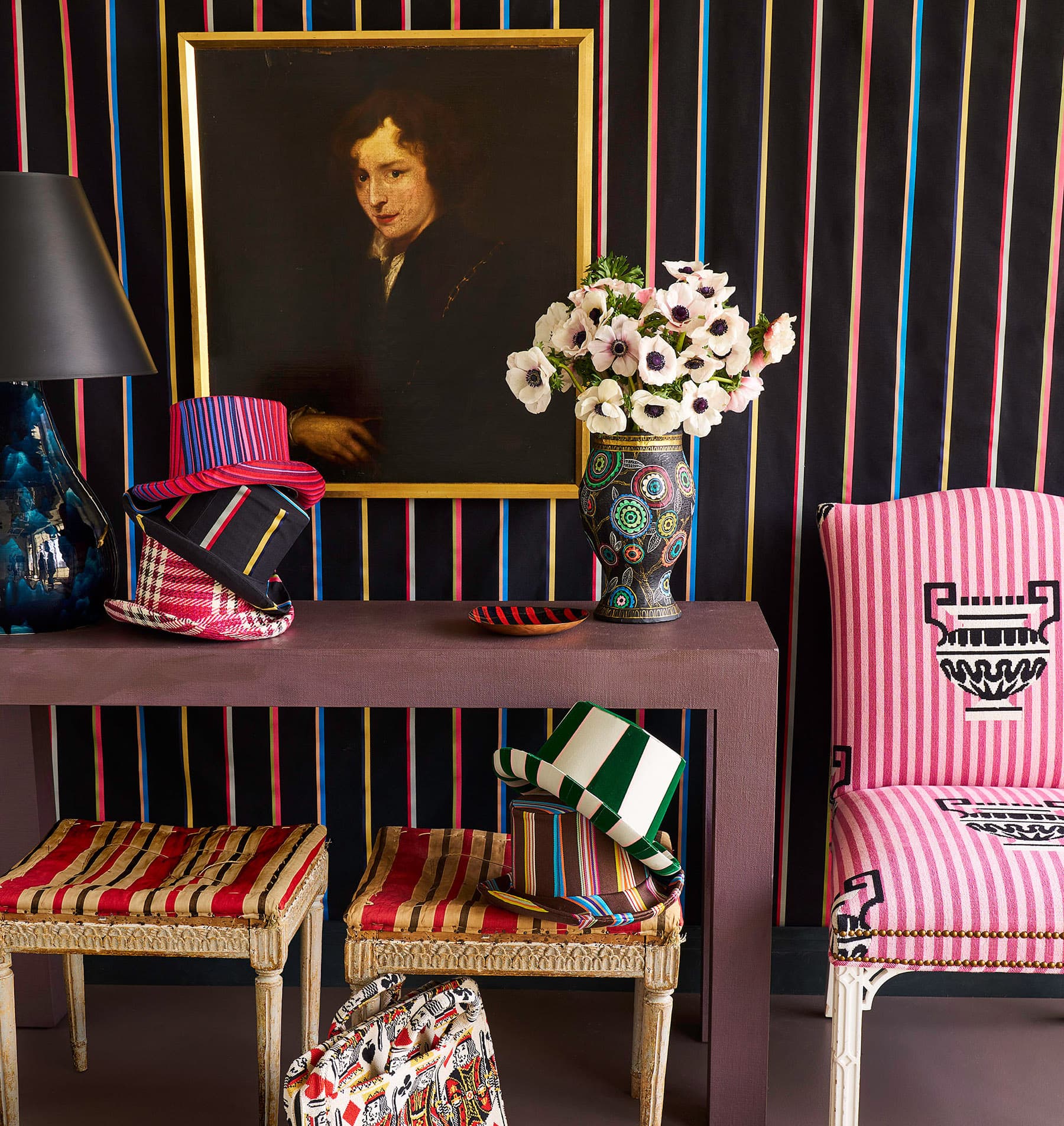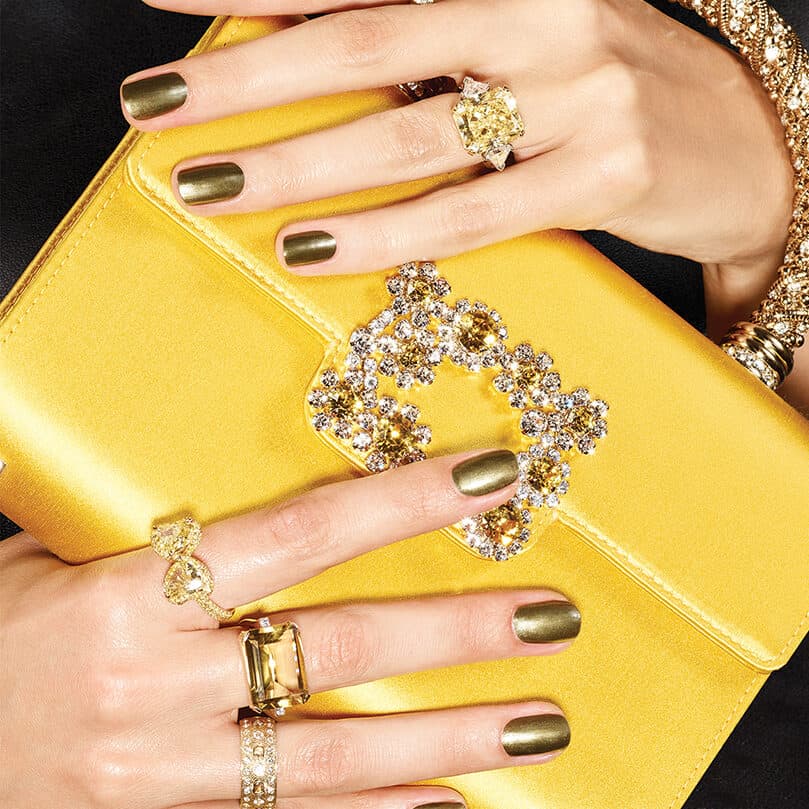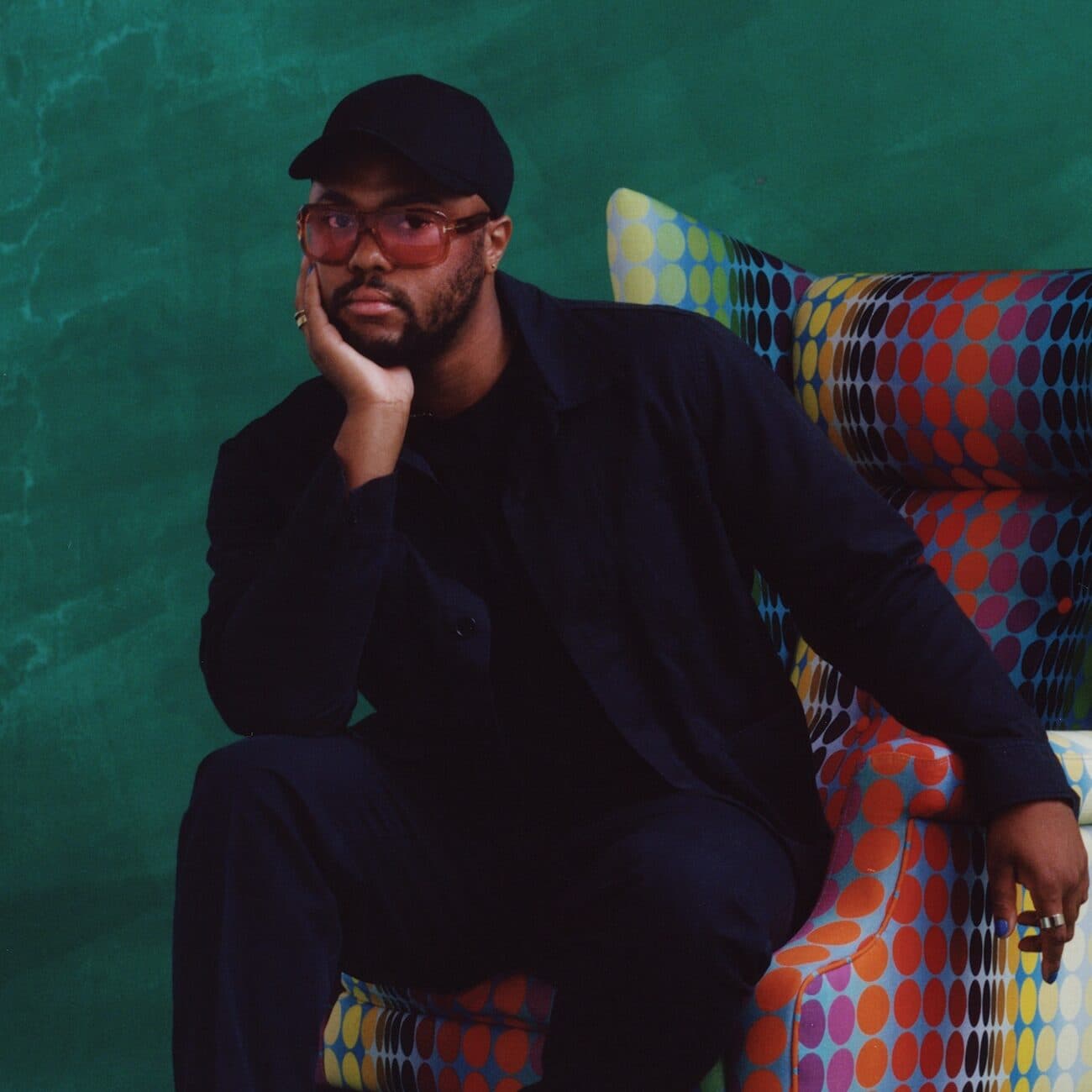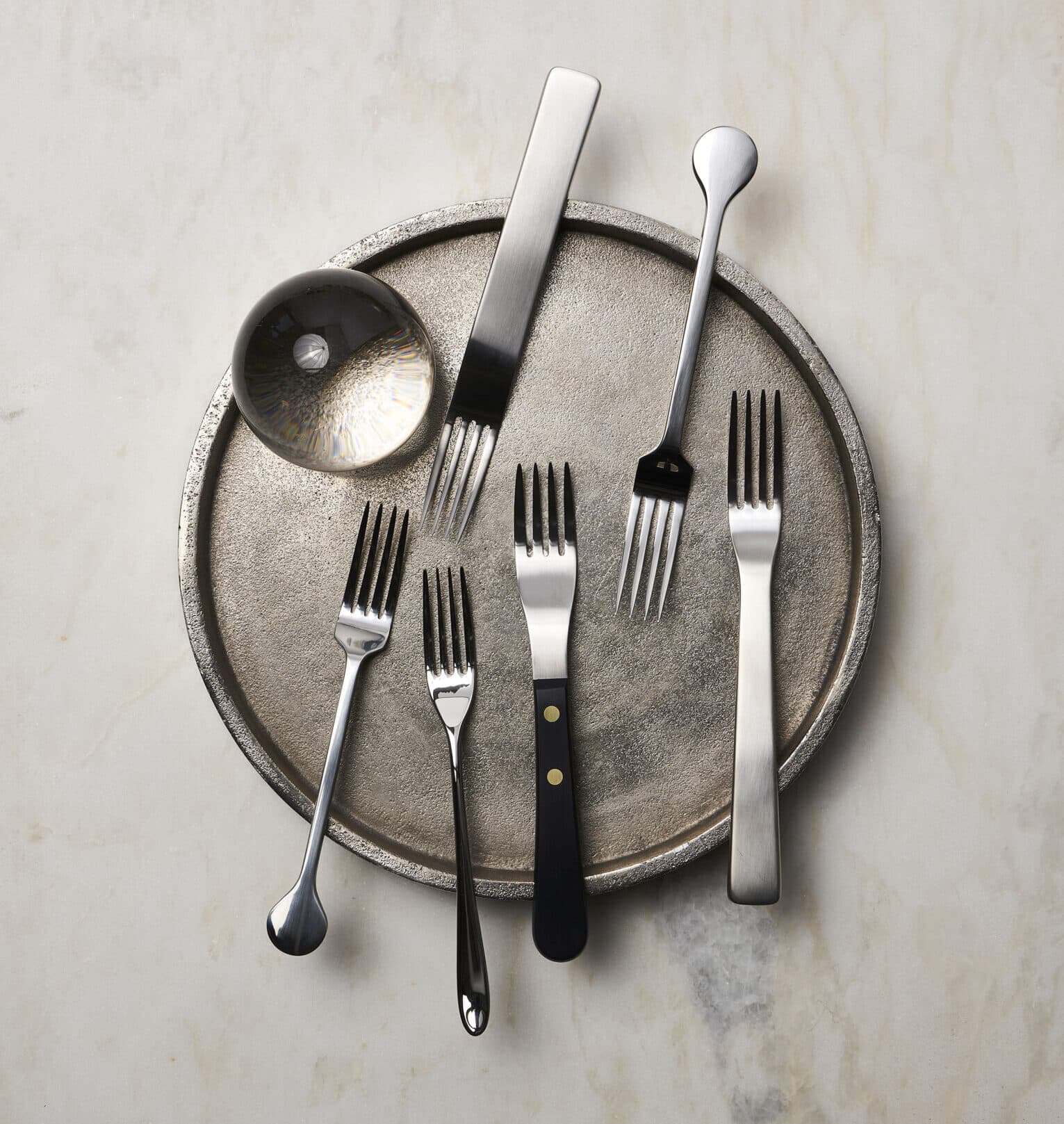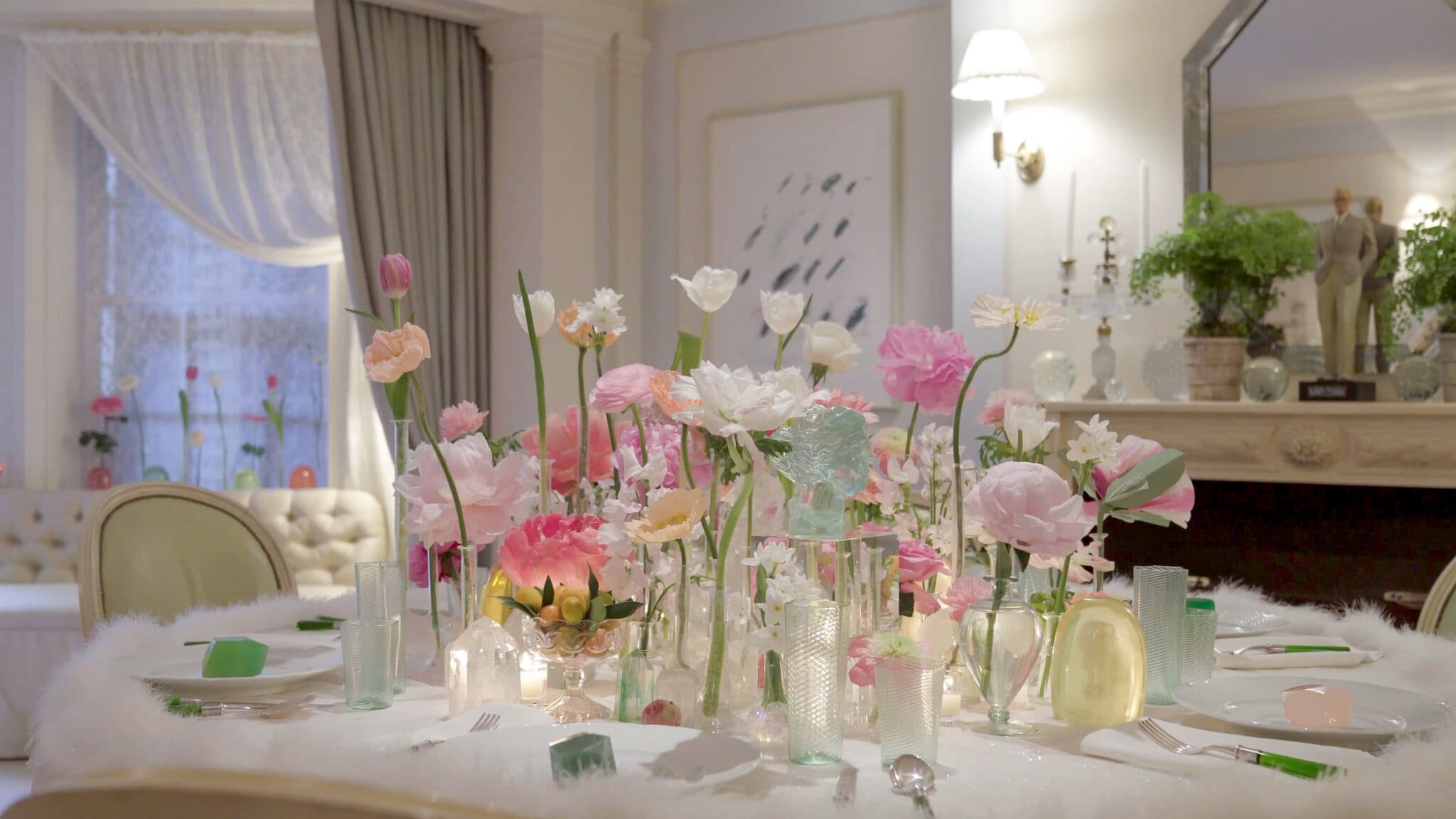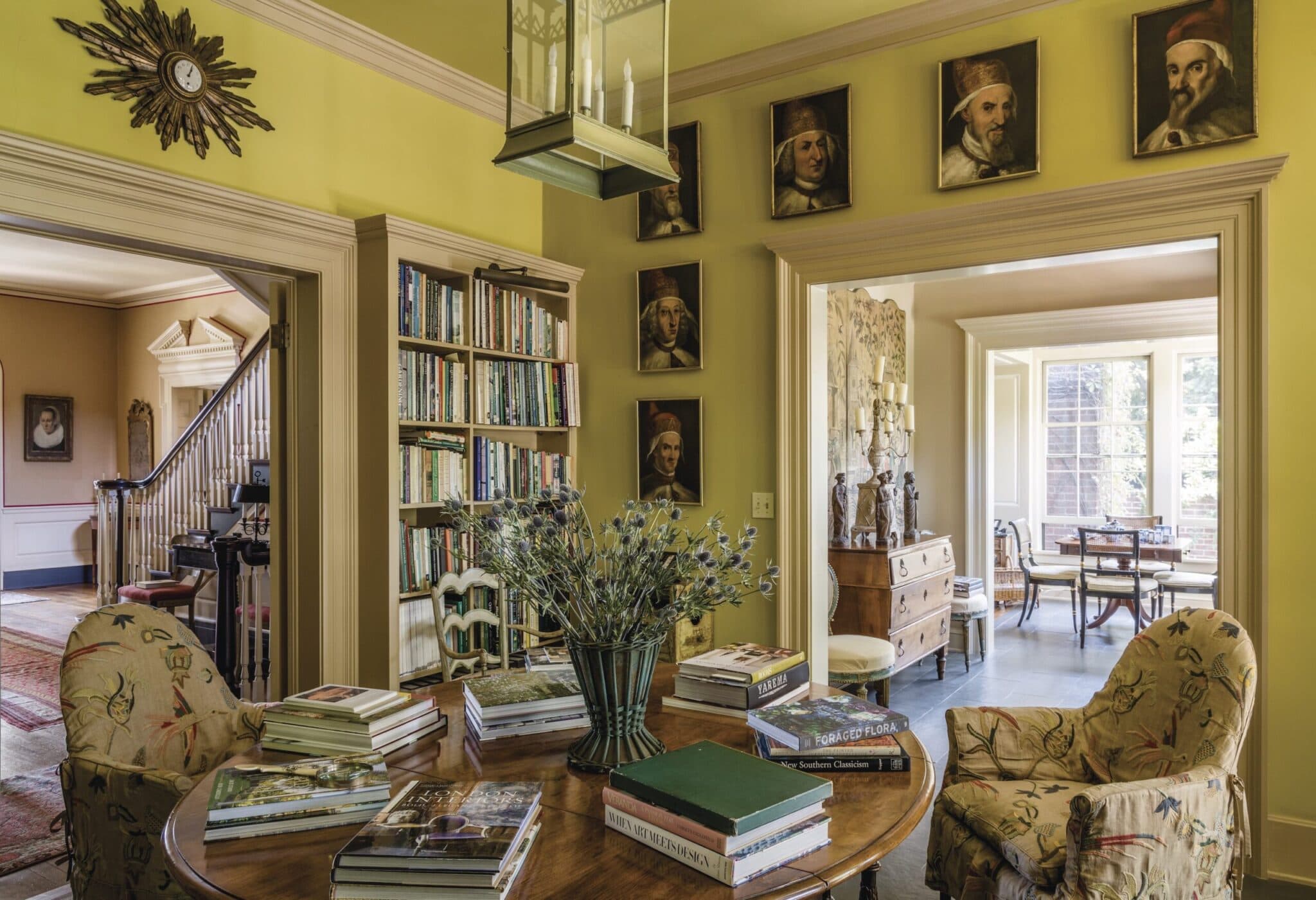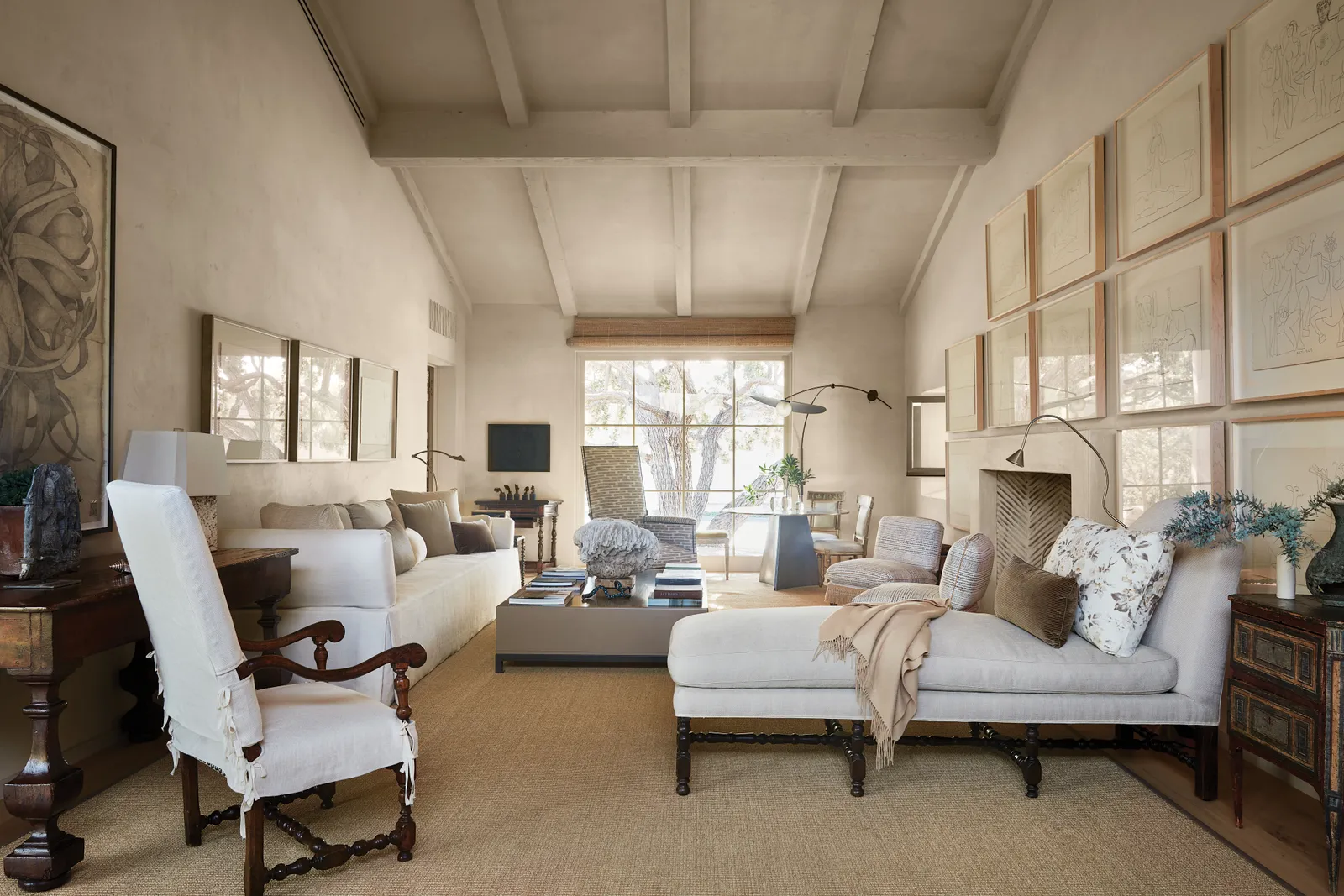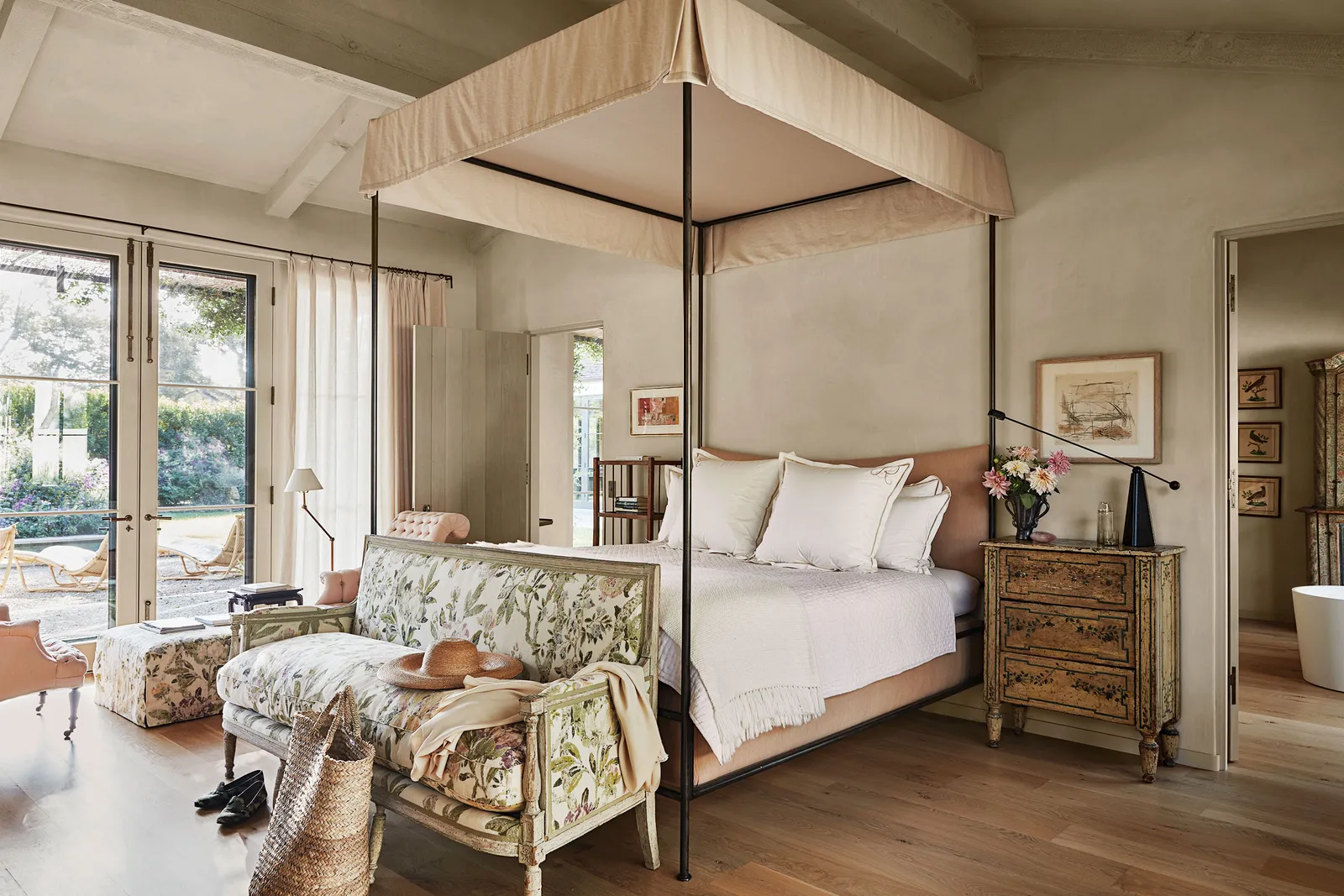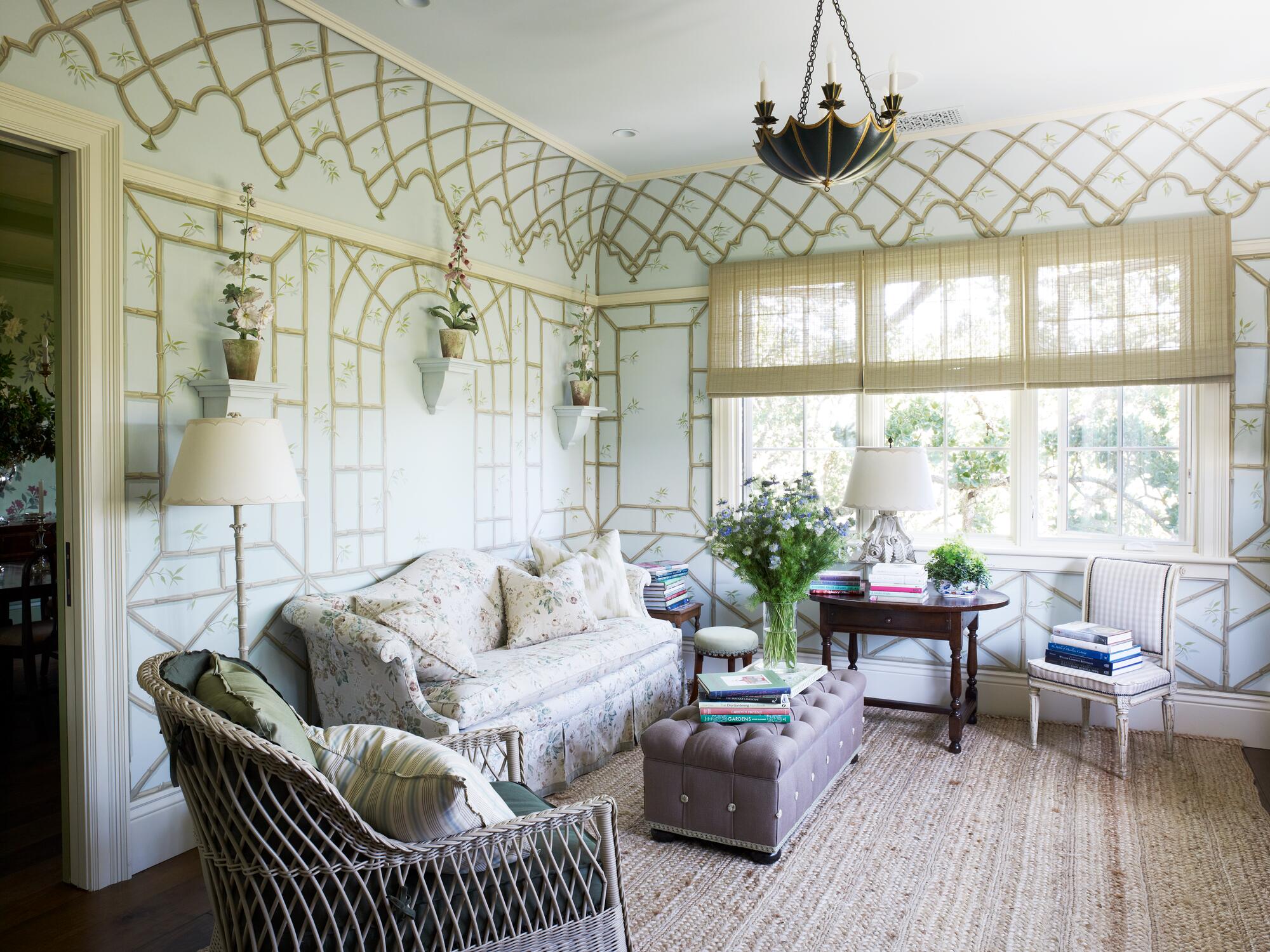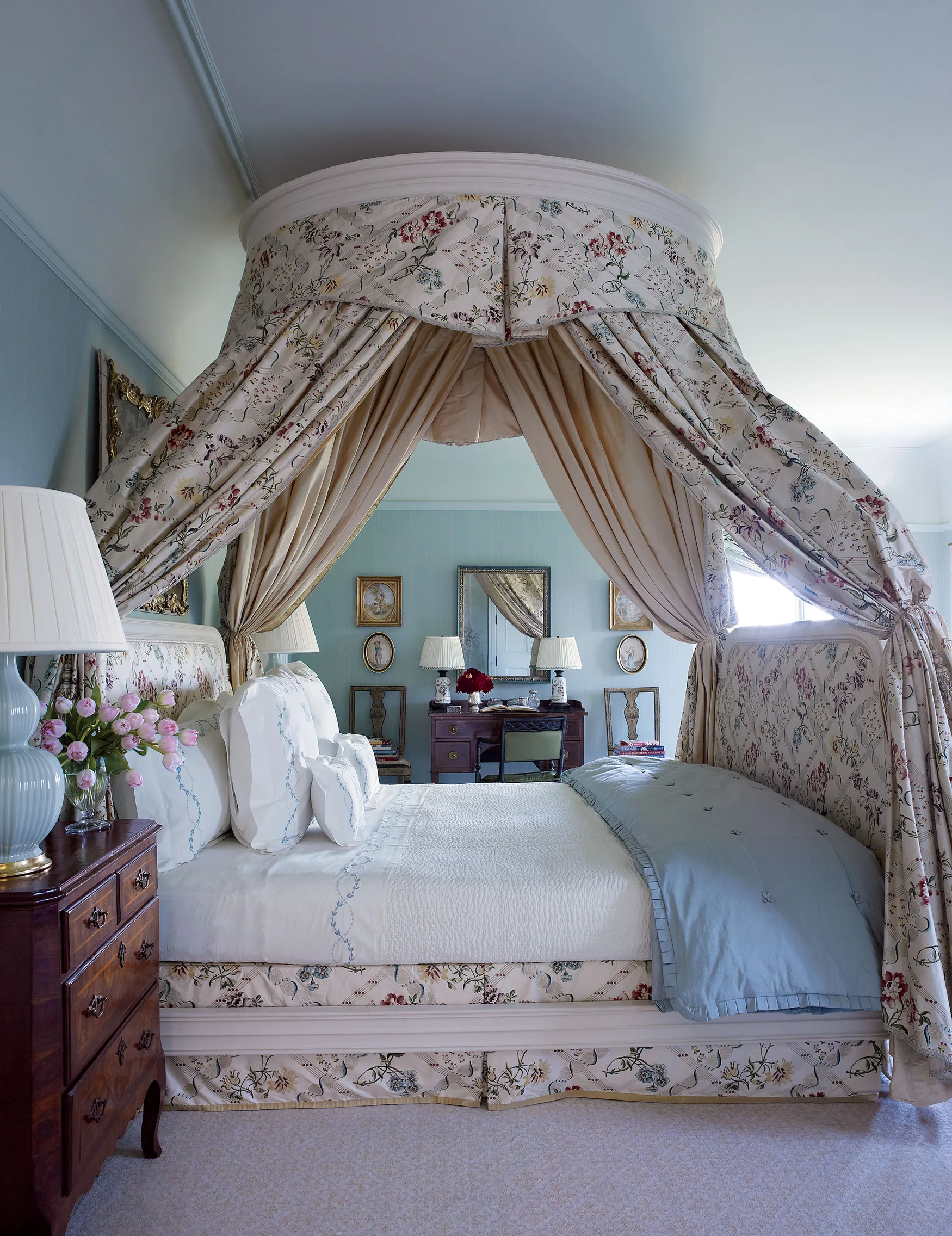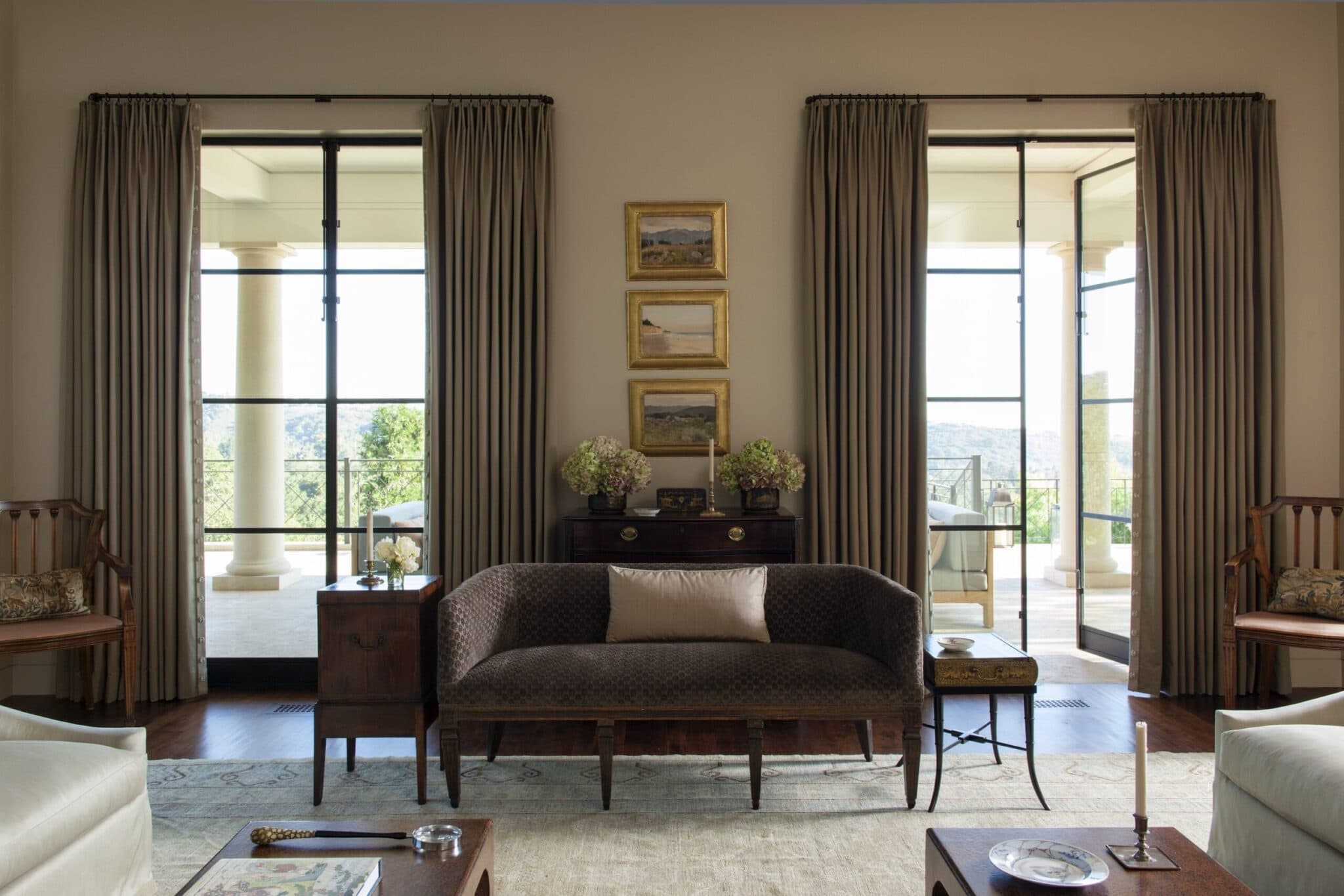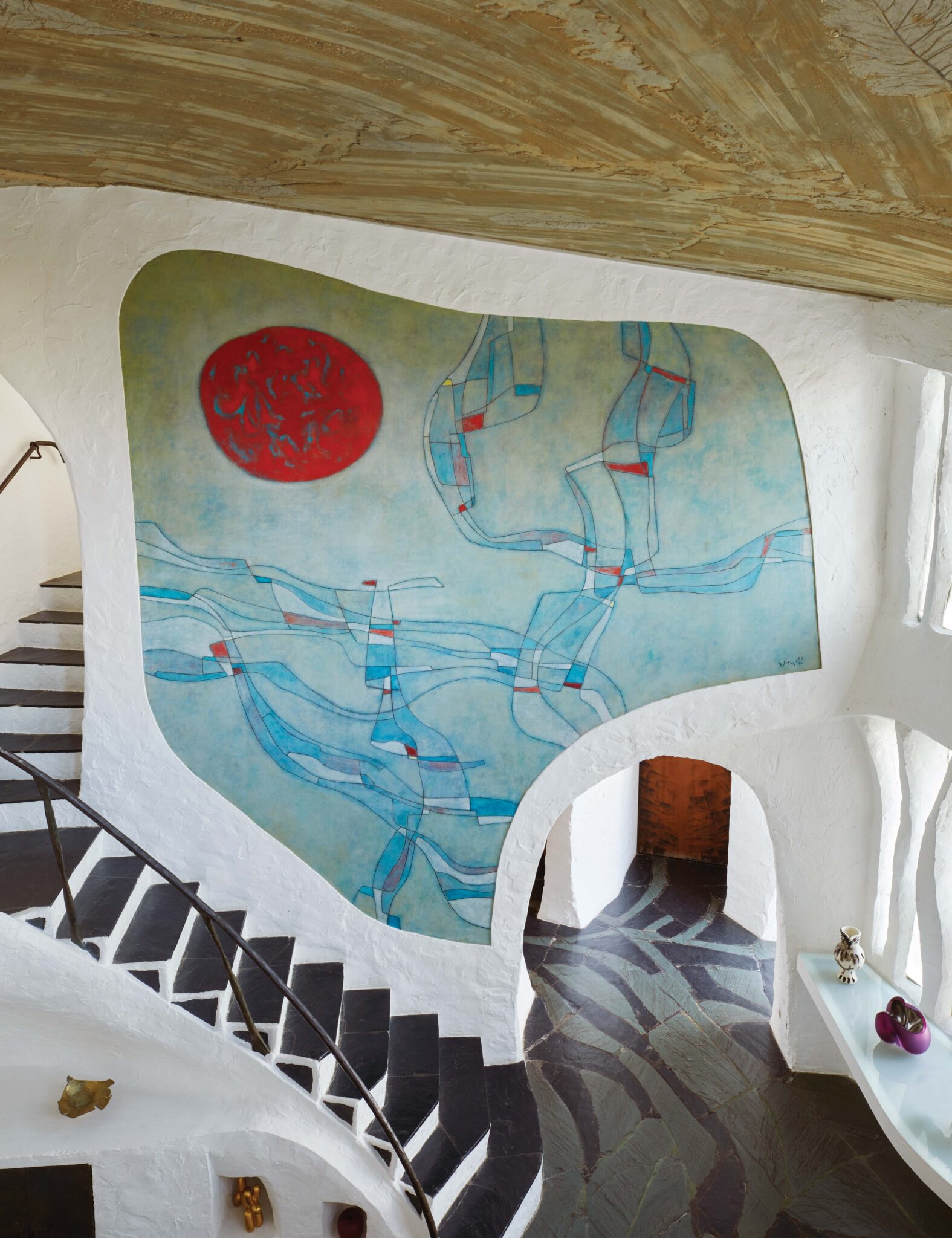Her rooms were sophisticated yet unpretentious, quiet yet confident, elegant yet unshowy, and in retrospect, the embodiment of the woman herself: Suzanne Rheinstein, who passed away earlier this week, had the graciousness you might expect from a genteel Southern woman with New Orleans roots, but also a warm, easy smile that could charm you into thinking you’d known her for decades.
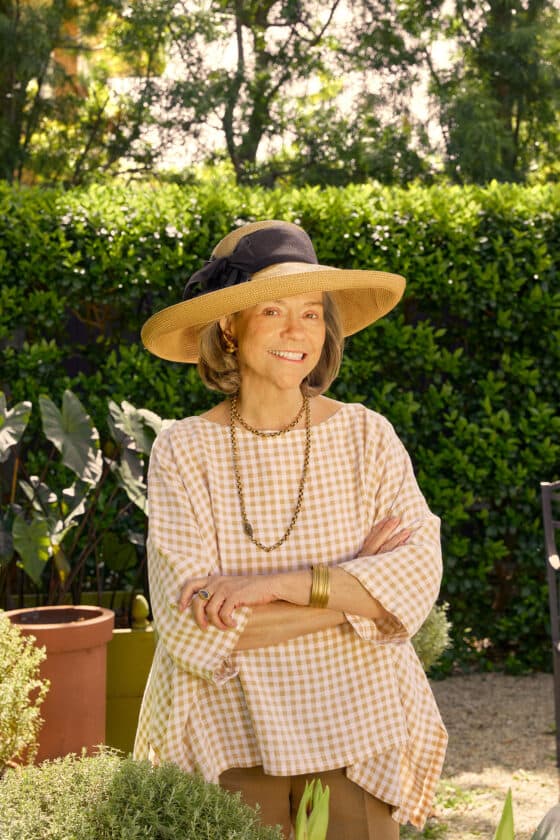
Among those who counted her as a friend, her kindness is legendary. “She was always complimentary, always inquisitive. Her viewpoint was directed outward instead of inward; she really did want to know about you,” says Richard Bories of Bories & Shearron Architecture, who worked with Rheinstein on her Montecito home.
To designer Bunny Williams, Rheinstein was a beacon. “She was the most giving person I’ve ever met. From the day she opened Hollyhock it wasn’t just about her—she launched so many artisans and hosted so many book signings. She was so supportive of the design community,” says Williams of the storied Los Angeles design shop that Rheinstein ran for 30 years. “She made me a better person.”
Rheinstein’s oeuvre belongs among a pantheon of American decorators—Eleanor McMillen Brown, Sister Parish, Mark Hampton—who expanded the idea of “correct” interiors to include a truly American perspective. “She was a lover of history and beauty,” says Dara Caponigro, FREDERIC editor in chief and Schumacher’s creative director. “But it didn’t outweigh her desire to create livable spaces. She once said to me that she didn’t design to ‘wow’ and that her work quietly revealed itself the longer you were in one of her rooms, which spoke to her mastery of the details—curtains lined with a subtle, just-so check or a valance with a trim in the perfect width.”
She excelled at marrying Old World grace with New World practicality. “She brought to the tradition of great American classicist and English country house decorating a simplicity, clarity, and modernity,” says Bories. “The way she edited, the evenness of her schemes—they never shouted, they whispered. She worked in a traditional language with antiques and fabric and embellishments, but she tailored them so they became minimal.”
Williams also admired her pared-down panache. “There were no tricks,” she says. “But she filled rooms with extraordinary art and furniture to create magical spaces with depth.” And every stitch, swath of paint, and stick of furniture was steeped in function. “She was forensic about it,” says architect James Shearron. “She knew the sizes of everything and where they were supposed to go, right down to the lineal footage of books and how many trays you needed for silverware.” In other words, her decorating was smart, sensible, and as grounded in real life as Rheinstein herself.
“You know how design as a profession can be obsessive? Well at any moment Suzanne was ready to get silly,” adds Shearron. “She took pleasure in stepping out of all that. She was a total joy to be around.”

